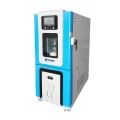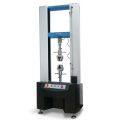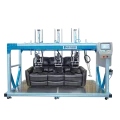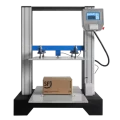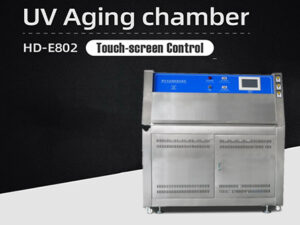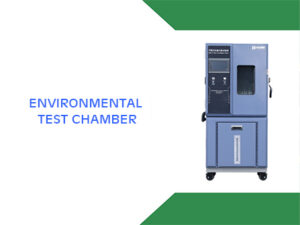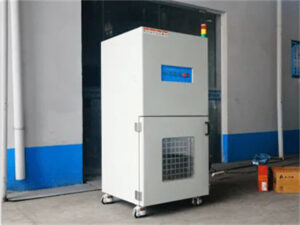Introduction
Climate chambers, also known as environmental test chambers, are used to simulate and test the effects of temperature, humidity, and other environmental factors on products and materials. These chambers are used by a wide range of industries, including pharmaceuticals, electronics, automotive, aerospace, and more. In this article, we will explore the different types of climate chambers, their applications, and their benefits.
Types of Climate Chambers
There are several types of climate chambers, each designed to meet specific testing requirements. The most common types include:
- Temperature Chambers: These chambers are designed to control the temperature of the test sample. They are used to test the effects of high and low temperatures on products and materials. Temperature chambers can reach temperatures as low as -70°C and as high as 180°C.
- Humidity Chambers: These chambers are designed to control the humidity of the test sample. They are used to test the effects of high and low humidity on products and materials. Humidity chambers can provide relative humidity ranging from 10% to 98%.
- Thermal Shock Chambers: These chambers are used to test the effects of sudden temperature changes on products and materials. They can rapidly change the temperature of the sample from -80°C to 220°C.
- Combined Temperature and Humidity Chambers: These chambers are designed to control both temperature and humidity. They are used to simulate real-world conditions and can provide temperatures ranging from -40°C to 180°C and relative humidity ranging from 10% to 98%.
Applications of Climate Chambers
Climate chambers are used in a wide range of industries for testing the effects of temperature, humidity, and other environmental factors on products and materials. Some common applications include:
- Pharmaceutical Industry: Climate chambers are used to test the stability and shelf life of drugs and vaccines.
- Electronics Industry: Climate chambers are used to test the effects of temperature and humidity on electronic components and devices.
- Automotive Industry: Climate chambers are used to test the performance of vehicles under extreme weather conditions.
- Aerospace Industry: Climate chambers are used to test the effects of temperature and humidity on materials used in aircraft.
- Food Industry: Climate chambers are used to test the shelf life of food products under different environmental conditions.
Benefits of Climate Chambers
Climate chambers offer several benefits, including:
- Controlled Testing Environment: Climate chambers provide a controlled testing environment that can simulate real-world conditions. This allows for accurate and reliable testing of products and materials.
- Increased Efficiency: Climate chambers can test products and materials faster than traditional testing methods. This can increase efficiency and reduce the time and cost associated with testing.
- Improved Product Quality: Climate chambers can help identify potential problems with products and materials before they are released to the market. This can help improve product quality and reduce the risk of product failure.
- Regulatory Compliance: Many industries are required to comply with regulatory standards for product testing. Climate chambers can help ensure that products meet these standards and comply with regulations.
Conclusion
Climate chambers are an important tool for testing the effects of temperature, humidity, and other environmental factors on products and materials. They provide a controlled testing environment that can simulate real-world conditions, allowing for accurate and reliable testing. Climate chambers offer several benefits, including increased efficiency, improved product quality, and regulatory compliance. With their wide range of applications, climate chambers are an essential tool for many industries.


